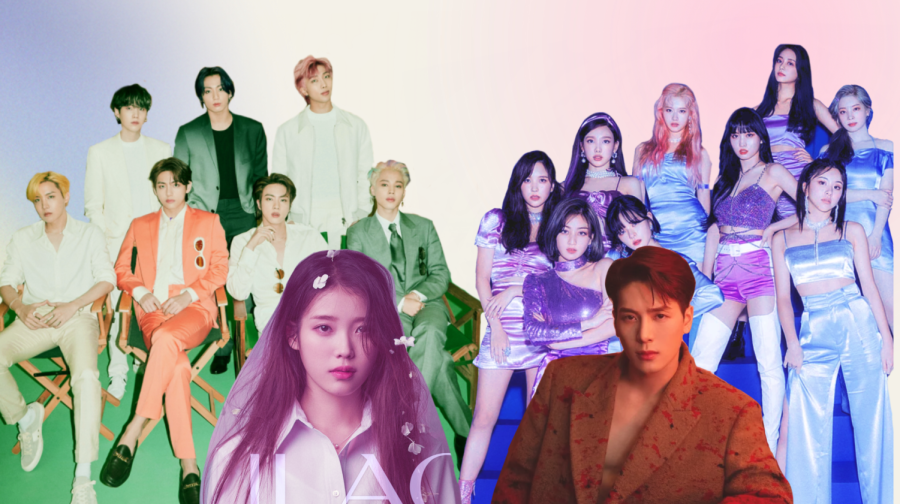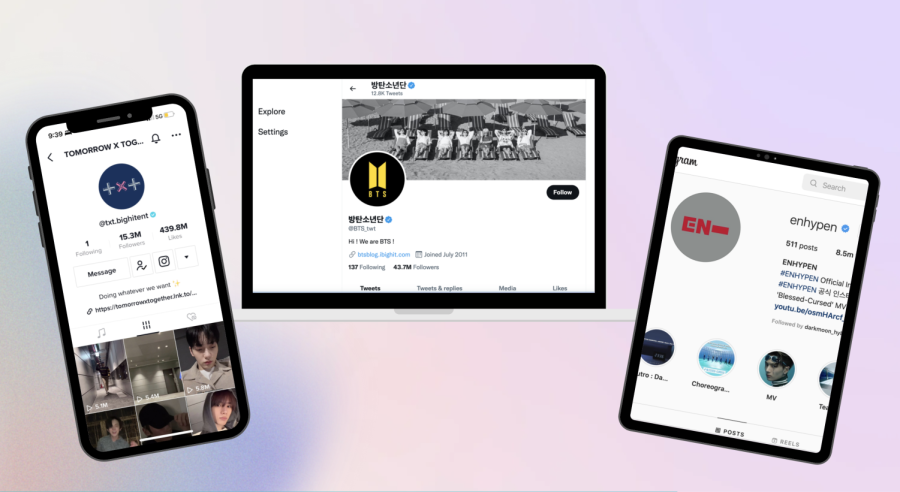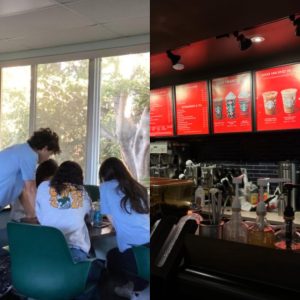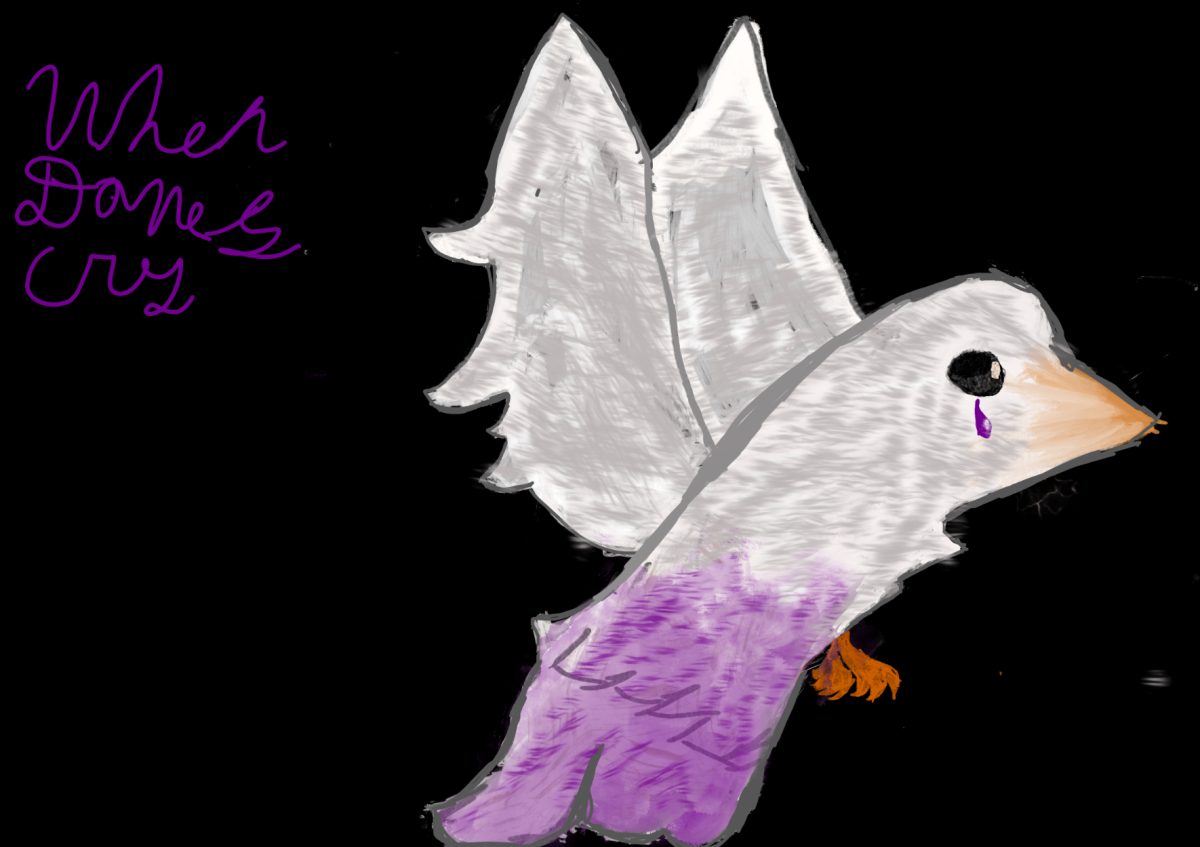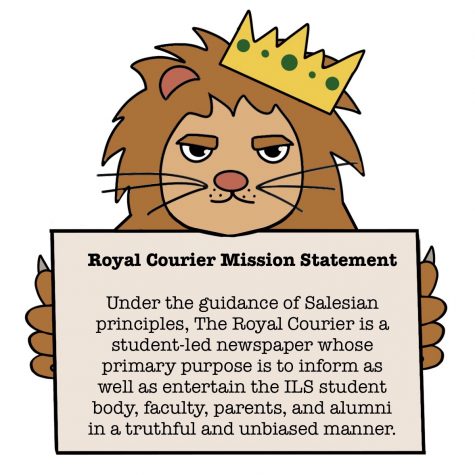The Brilliant Marketing Strategies of the Kpop Industry
The Kpop Industry’s social media strategies are what led to the globalization and success of the genre.
January 31, 2022
A second part to a three-part series; check out my first article “5 Factors That Made Kpop Light Up Like Dynamite.”
Whether you like Kpop or not, there is no denying the industry has found a way to climb the charts and expand globally. Yet this wasn’t due to luck or circumstances; they were able to rise thanks to their genius social media marketing strategies—as I mentioned in my first article of the series as a factor to why Kpop has been a huge success.
So when we dive into these strategies, it needs to be clear that the industry has two set goals in mind that are key to their success: interactivity and variety. Watch out for how they accomplish those goals in the following strategies:
1. Social Media Presence
Yes, we always see celebrities get on social media and post occasionally but Kpop idols post with purpose.

To start off, Kpop idols don’t have individual accounts; they only have one group account so fans can go to one single page where they can find all content related to the group.
Of course, though, we now have an exception and that is none other than BTS. As a surprise, fans suddenly discovered each member had created their very first individual Instagram account on December 6 of 2021. Big Hit Music–the group’s signed company– explained on that same day: “The members opened up their own Instagram accounts to further express their individuality and also have various ways in which they communicate with their fans.” Now, other groups are starting to follow this formula like BTS’s junior group, TOMORROW X TOGETHER.
But Instagram isn’t the only social media that has let them gain presence; we have Twitter and TikTok as well.

Twitter has been called the “Holy Space of Kpop” with the fan community being the largest shared-interest group as of recently on the platform. In 2020 alone, there were nearly 6.7 billion K-pop-related tweets globally. To put that in perspective, in the first five months of the coronavirus pandemic, there were 28 percent more tweets about K-pop than Covid-19 and the interest is growing.
The group BTS has had a huge impact on K-pop’s growth on Twitter by having started tweeting before their official debut and using the platform to have close conversations with fans. This approach was groundbreaking in 2012 but has now become a formula for success for new idols.
“Artists like The Boyz, Stray Kids, Ateez, Tomorrow x Together … are advancing to the global stages faster than the previous generations,” said YeonJeong Kim, the head of global K-pop and Korean content partnerships at Twitter, adding that digital platforms like Twitter play a significant role in growing new fandoms.

TikTok
With the new surge of the platform TikTok, Kpop groups have not fallen behind by not only keeping up with trends but also creating videos and trends with their own songs. According to a press release by TikTok and a fandom data observatory named “K-pop Radar,” the number of TikTok videos with K-pop content tripled to more than 97 million in September 2021.
Choi Yeonjun, the eldest member of the group TOMORROW X TOGETHER, went viral by doing a popular TikTok dance that has 11.1M likes and 73.1M views. Then we also have groups like Weekly whose dance to their song “After School,” boomed throughout TikTok with multiple people posting their covers of the dance.
2. Building Up the Hype
Something that definitely caught my eye when I started investing myself in the music genre, is the amount of effort put into teasing the audience with the newest releases of songs, albums, and music videos for weeks or even a whole month. A prime example of this is BeLift’s strategy when promoting group Enhypen’s upcoming full-length album “DIMENSION: DILEMMA” from coming out with MV teasers and posting mood boards on Instagram.
This teaser strategy piques the audiences’ curiosity and helps them gain expectations of what’s to come when it’s out.

3. Interactions with the Fans
As previously said, one of the main goals of this industry is interactivity, and they bring it to a whole other level that I haven’t seen with other cultural artists. They try to create a strong relationship between the artist and the fan from the fans picking their fandom name to participating in events to meet them face to face. The biggest way they strengthen this relationship is through platforms like Weverse and Vlive— Asian platforms where fans can send messages and comments to their favorite artists and they answer back whether through text or streaming live. The other platform they use is the fan signs where you can either go in person or sign up for a raffle to win a 30 second to one-minute video chat with your favorite member of a group. This allows the relationship between the fan and the artist to be that much stronger and deeper.

4. Creating and Sharing Unique Content
The last huge factor to the industry’s marketing strategies is the amount of creative and unique content.
Variety/Reality Shows
Many groups have created their own variety shows where you see them take on fun challenges or experiences like group TXT’s variety show “TO DO” or BTS’s reality show “In The Soop”. Of course, they all also take part in external shows as well but this is all to humanize the idols and see who they are as people.

External Media and Merchandise
As if everything listed above wasn’t enough, the industry always finds a way to expand by creating storylines, animations, characters, and comics; this helps them sell more products like plushies or physical comic books. They’ve also expanded to games like BigHit’s “Rhythm Hive” and JYP Entertainment’s “SuperStar JYPNATION” where fans can play rhythm games to their favorite Kpop songs from their ultimate groups.

The most impressive merchandise and marketing for me though is the selling of:
Physical Albums
Now, this was a concept that seemed foreign to me as I was new to the world of Kpop, but the industry sells these album boxes that typically include a photo book, photo cards, a poster, and a CD. I know what you’re thinking…who sells CDs these days? I thought the same thing as well but it’s part of building up the experience of collecting CDs and photo cards of your favorite groups; if record players could come back, why not CDs?
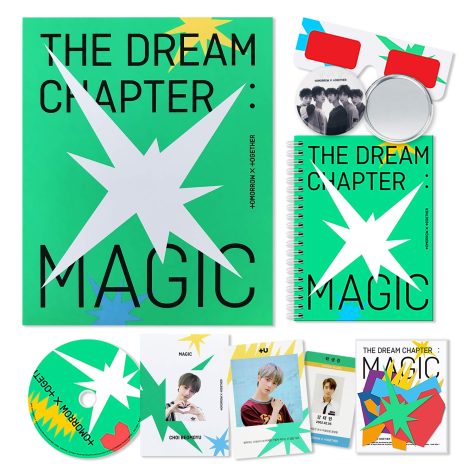
The industry intelligently creates repackaged/mini albums because it’s faster and cheaper, they earn more money and it works as a trial for new groups who are testing the waters in the market.
I would say it’s successful as I have bought about seven albums and have enjoyed each one thoroughly.
CONCLUSION
Thanks to the industry’s unique and brilliant marketing strategies, Kpop has been able to grow at an increasingly successful speed throughout the world—mainly thanks to social media access. It goes to show that we have a powerful tool in the palm of our hands, we just need to know how to use it.
